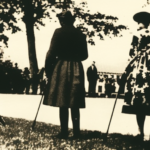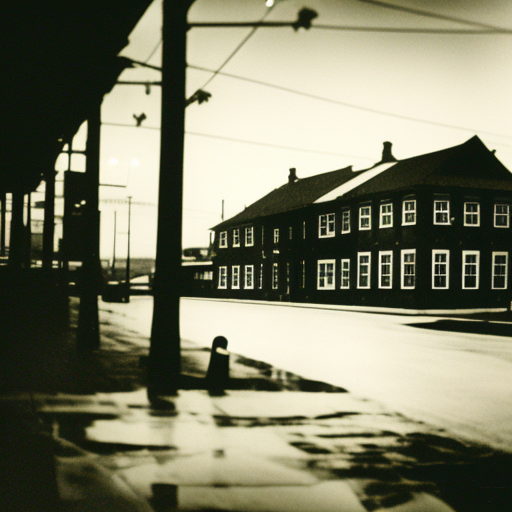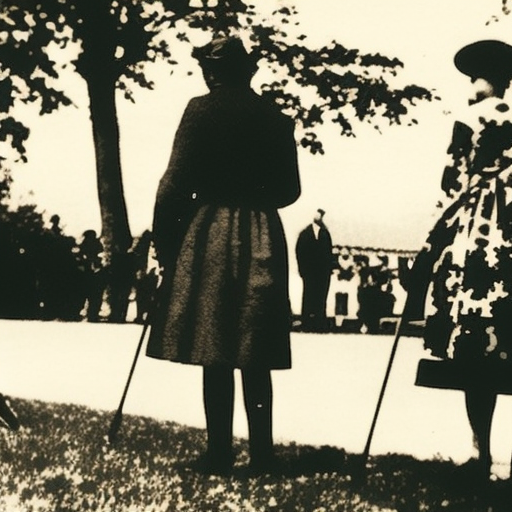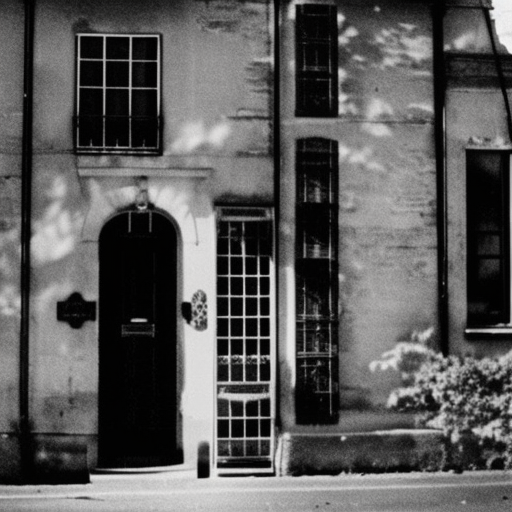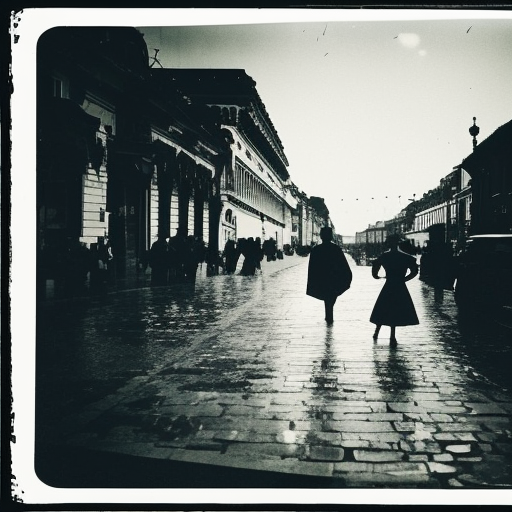The House of Bourbon: A Summary
The House of Bourbon is a European royal dynasty that has played a significant role in the history of several countries, including France, Spain, and Italy. The dynasty originated in the late Middle Ages and continues to exist today. With a lineage spanning over eight centuries, the House of Bourbon has witnessed numerous political and social changes, as well as periods of great power and decline.
Origins and Rise to Power
The House of Bourbon traces its origins to the 13th century when a noble family named Bourbon emerged in the region of Bourbonnais, located in present-day central France. The family gradually gained prominence and expanded its influence through strategic marriages and alliances. In the 16th century, the Bourbons became one of the most powerful families in France.
Henry IV and the Bourbon Dynasty in France
One of the most notable figures in the history of the House of Bourbon is Henry IV of France. He ascended to the throne in 1589 and played a crucial role in ending the French Wars of Religion. Henry IV implemented several reforms, including the Edict of Nantes, which granted religious freedom to Protestants. His reign marked the beginning of a period of stability and prosperity for France.
The French Revolution and the Fall of the Bourbons
The French Revolution, which began in 1789, had a profound impact on the House of Bourbon. The revolutionaries overthrew the monarchy and executed King Louis XVI and Queen Marie Antoinette. The Bourbon dynasty was abolished, and France became a republic. However, the Bourbons made a comeback after the fall of Napoleon Bonaparte, with Louis XVIII ascending to the throne in 1814.
The Bourbon Restoration and the July Monarchy
The period following Napoleon’s defeat is known as the Bourbon Restoration. Under the rule of Louis XVIII and his brother Charles X, the Bourbons attempted to restore the pre-revolutionary order in France. However, their conservative policies and attempts to limit civil liberties led to widespread discontent. In 1830, a revolution erupted, resulting in the establishment of the July Monarchy and the ascension of Louis-Philippe, a member of the Orleans branch of the House of Bourbon.
The House of Bourbon in Spain and Italy
While the Bourbons were no longer ruling in France, they continued to hold power in other European countries. In Spain, the House of Bourbon was established in 1700 with the accession of Philip V. The Spanish Bourbons played a significant role in shaping the country’s modernization and political development.
In Italy, the House of Bourbon ruled over the Kingdom of the Two Sicilies from 1734 to 1860. The kingdom encompassed the southern part of Italy and the island of Sicily. The Bourbon kings of the Two Sicilies faced numerous challenges, including the rise of Italian nationalism and the unification movement led by Giuseppe Garibaldi.
Modern Times and the House of Bourbon
In the 20th century, the House of Bourbon faced further challenges and changes. The Spanish Civil War (1936-1939) resulted in the overthrow of the Spanish monarchy, and King Alfonso XIII went into exile. However, the monarchy was restored in 1975, with King Juan Carlos I becoming the head of state.
Today, the House of Bourbon continues to play a symbolic role in the countries where it once ruled. While the political power of the Bourbons has diminished, they remain an important part of European history and heritage. The House of Bourbon serves as a reminder of the complex and interconnected nature of European royal dynasties and their influence on the course of history.



